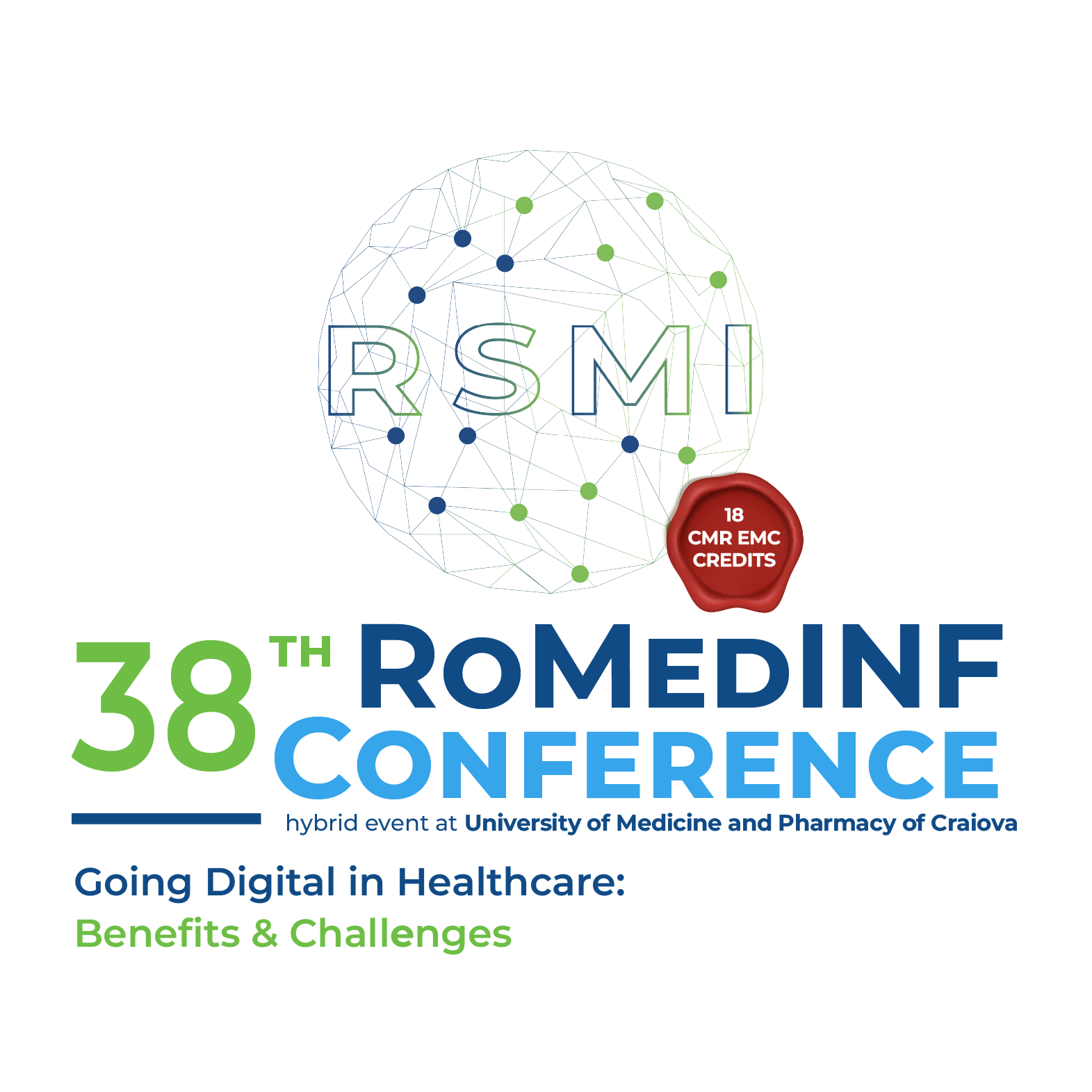A Dual Approach to Subtype Differentiation in Basal Cell Carcinoma: Classical Morphometry and Artificial Intelligence-Based Segmentation
Keywords:
Basal cell carcinoma, Morphometry, Deep learning, Image Processing, Computer-AssistedAbstract
Introduction: Basal cell carcinoma (BCC) is the most frequent type of skin cancer. Histologically it comprises low and high-risk subtypes. Given the difference in behavior between these subtypes, we propose a morphology study aimed to identify differences between the most common low-risk BCC, nodular (N) and a high-risk BCC, micronodular (MN), using a classical morphometric approach with gray-level co-occurrence matrix and histogram analysis, as well as deep-learning-based semantic segmentation. Material and Methods: We analyzed consecutive BCCs diagnosed between 2019 and 2021 at Cluj-Napoca Clinical Municipal Hospital, Romania, of which 46 were N, 12 MN and 31 mixed subtypes. From whole-slide images, pathologists selected 216 N and 201 MN BCC images, which were manually segmented and analyzed based on four morphological components: tumor (T), touching tumor (TT), peritumoral cleft (PC), and surrounding stroma (S). The differences between these components were assessed using Haralick texture features and deep-learning segmentation models. Results: Our analysis revealed that TT exhibited the least variability, whereas PC demonstrated the most significant differences between the two subtypes. Haralick texture feature analysis showed 4/14 and 2/14 significant differences in T and TT, respectively, suggesting high similitude in the palisading region. In contrast, 12/14 features significantly differed in PC, indicating that cleft formation may contribute to biological differences. The S component exhibited 5/14 significant differences, aligned expectations, as the normal tissue remained similar across subtypes. Deep-learning segmentation identified distinctive stromal inflammatory infiltrates, with MN exhibiting a more intimate pattern than the dispersed infiltration seen in N. Conclusion: The findings highlight key morphological distinctions between N and MN subtypes, particularly in the T and PC components. Combining classical morphometric and deep-learning approaches provided novel insights into BCC morphology, which may aid in improved subclassification and risk stratification.
Downloads
Published
How to Cite
Issue
Section
License
Copyright (c) 2025 Maria HENDEA, Mircea ŞERBĂNESCU

All papers published in Applied Medical Informatics are licensed under a Creative Commons Attribution (CC BY 4.0) International License.

